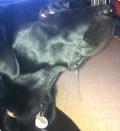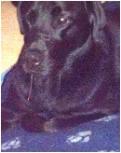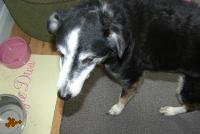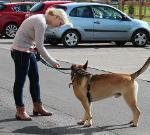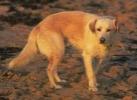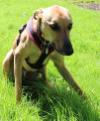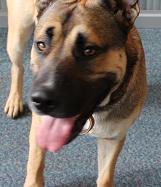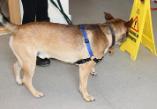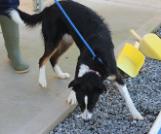Other reactions
Look at the information on this page and follow the instructions at the bottom of the page.
These reactions are likely to indicate anxiety or fear:
|
|
|
|
|
|
|
|
Trembling |
|
|
|
|
|
|
- For a summary of the signs of anxiety and fear, you can print the summary table (PDF, 446kB).
- Now that you have learnt about the behavioural signs of anxiety and fear, you can test your ability to identify them, by looking at the video clips on the test your knowledge page.
- If your dog is showing behavioural signs of anxiety or fear, or an increase in any of these behaviours, go to the advice page to find out how to seek help.

